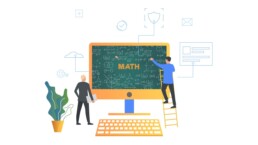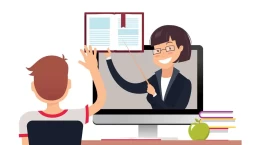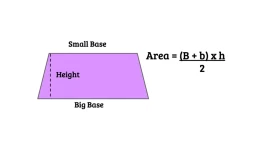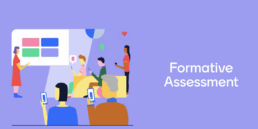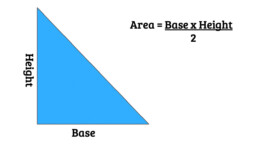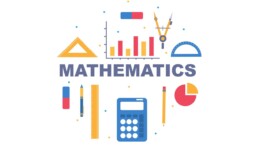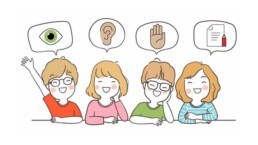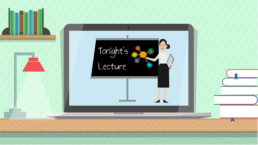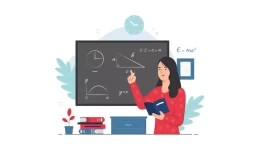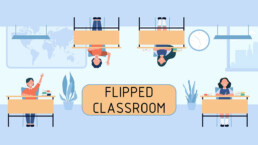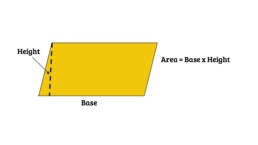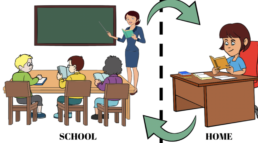Flipped Learning – Why More Math Teachers Are Choosing to Flip Their Class
Introduction
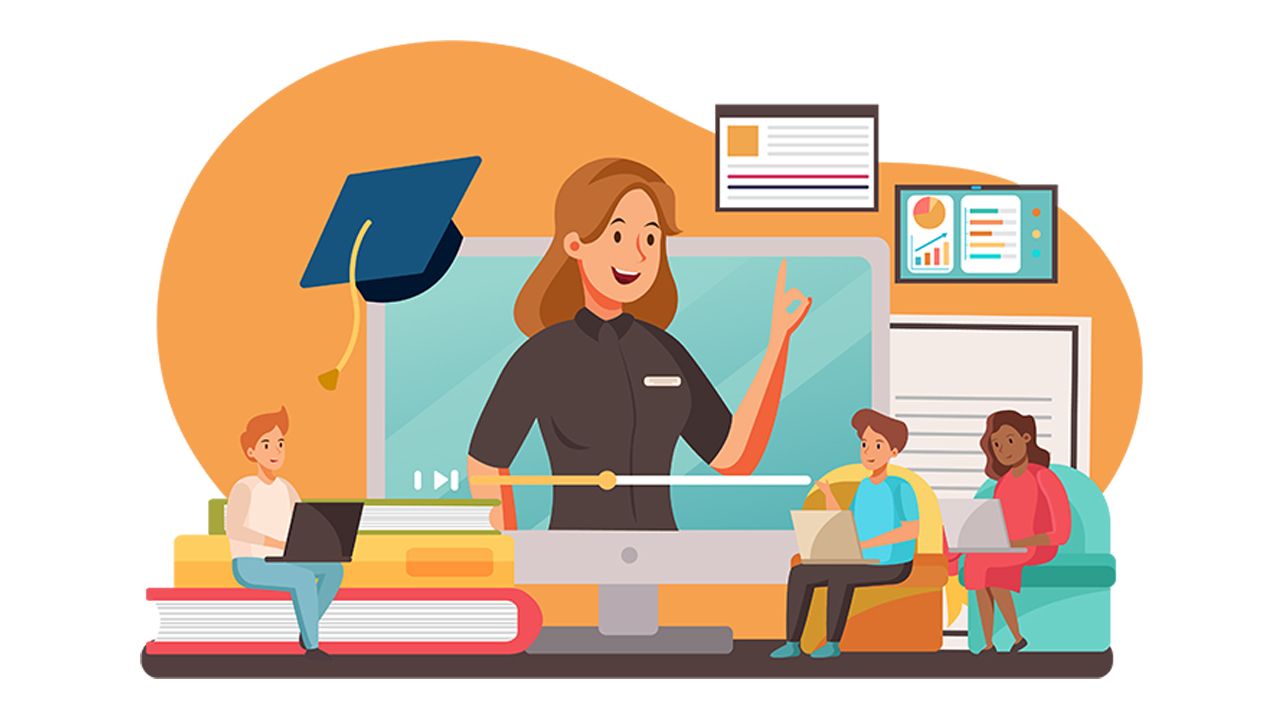
If you’re a high school math teacher, there’s a good chance you’ve at least heard of the concept of Flipped Learning. For those who aren’t familiar, Flipped Learning simply means recording your lectures ahead of time and assigning them to students as homework. Students then come to class prepared to work on problems and ask questions, while you, the teacher, are available to provide more guidance and support.
There are plenty of reasons why this instructional model is gaining popularity among high school math teachers. In this blog post, we’ll explore three of the most compelling ones.
Reason #1: It’s Effective
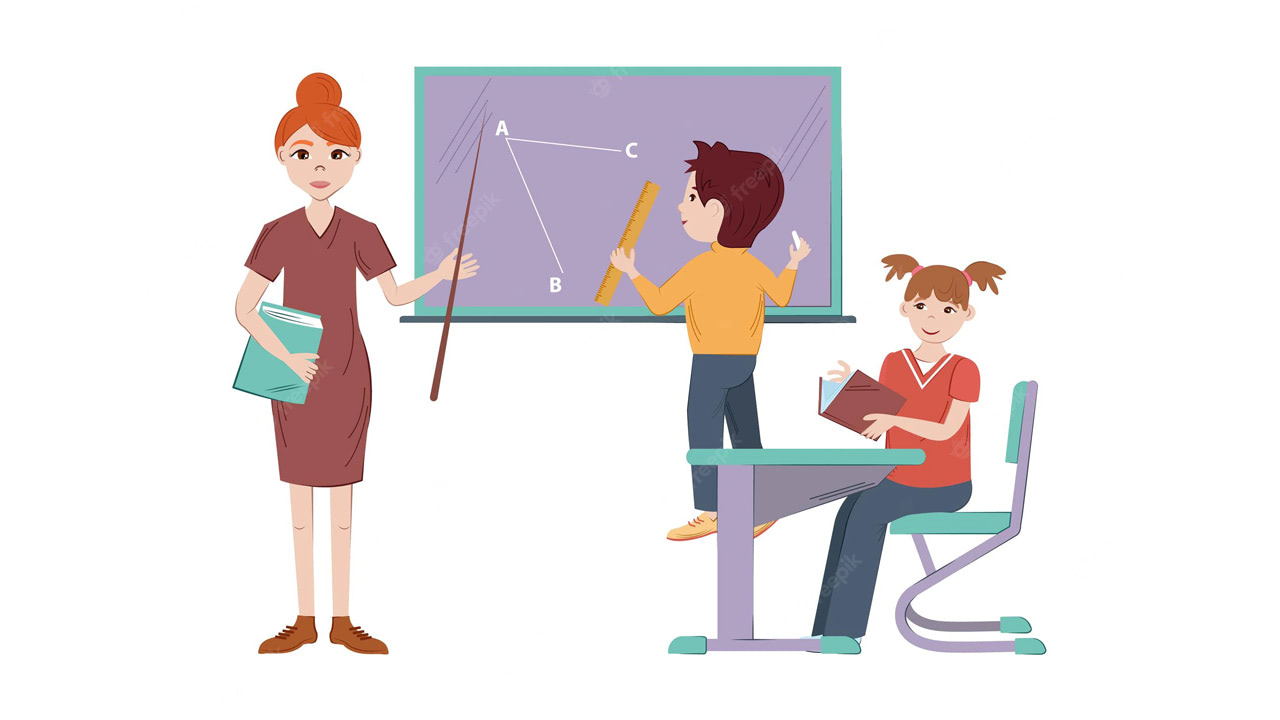
There’s no doubt that the lecture-based learning model has been the dominant approach in education for generations. However, that doesn’t mean it’s necessarily the most effective way to learn, especially for math concepts which are often best understood through hands-on practice.
By “flipping” their classrooms, teachers can ensure that students are getting the practice they need to master complex mathematical concepts. Moreover, this approach frees up class time for activities like group work and problem-solving, which research has shown to be more effective than lectures in promoting student achievement.
Reason #2: It’s Engaging

Let’s face it: lectures can be pretty boring, especially for high school students who are used to being entertained by their phones and other electronic devices 24/7. When students have to sit through a 50-minute lecture without any opportunity to move around or interact with their peers, it’s no wonder so many of them tune out.
Flipped Learning engages students in active, collaborative learning with their peers and educators. The flipped model allows educators to maximize face-to-face time with students to work on higher-level tasks, reimagine the use of classroom space and time, and create opportunities for differentiated instruction. When done well, flipped instruction can provide all learners—regardless of ability—with an engaging and challenging learning experience.
By working on problems and discussing solutions with their classmates, students are actively involved in their own learning process rather than just passively receiving information from a teacher. This level of engagement is essential for keeping students motivated and invested in their education.
Reason #3: It Benefits All Learners
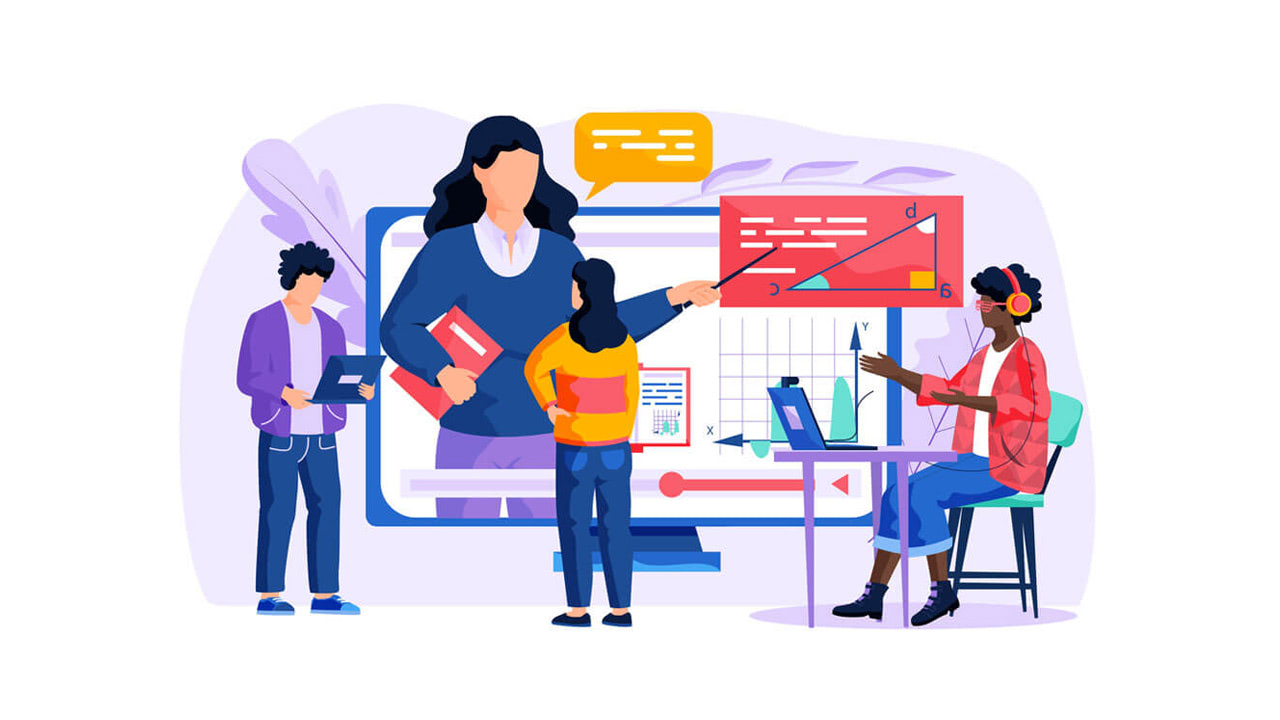
One of the great things about a flipped classroom is that they benefit all learners—not just those who excel in traditional lecture-based environments. Students who struggle to keep up with lectures can review them at their own pace before coming to class, while those who want to move ahead can spend more time on enrichment activities or working on additional problems outside of class.
This learning approach also allows for a more individualized approach to learning. Students can watch lectures at their own pace and rewind or replay sections as needed. They can also work on problems at their level, without feeling pressure to keep up with their classmates. This individualized approach leads to a more positive attitude towards math class in general and a better understanding of the material.
Flipped Learning also allows teachers to meet the needs of individual students by providing targeted support and interventions as needed. In other words, flipping your classroom gives you more time to do what you do best: teaching!
Conclusion
Flipped classrooms are becoming increasingly popular among high school math teachers, due to the many advantages they offer. With a flipped classroom model, students can learn at their own pace and receive individualized assistance when needed. Additionally, Flipped Learning allows students more time to engage with the material so that they can better understand what they’re learning. To learn more on how to successfully flip your math class visit us here.
As you can see, there are plenty of good reasons why more and more high school math teachers are flipping their classrooms. If you’re considering flipping your own math classroom, keep these benefits in mind!
